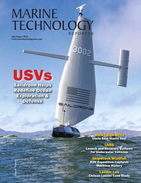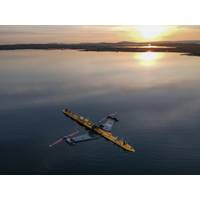
Orbital Marine Gets LR Certification for O2-X Tidal Energy Turbine
international standards.This certification process is essential to enable international trade, as global industries and products rely on consensus-based international standards and Conformity Assessment Systems.The independent assessment of the O2-X was conducted through an intensive ten-day Technology Qualification (TQ) workshop, involving 11 discipline specialists from LR and 22 technical experts representing Orbital.Based on the IEC TS 62600-4 (the international technical specification for Technology Qualification), the evaluation concluded in Orbital developing a TQ Plan outlining further qualification
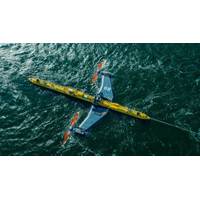
Lloyd’s Register to Certify World’s Largest Tidal Energy Turbine
process for the world’s largest tidal energy converter, rated at 2.4 MW.Once in operation, Orbital’s next generation O2-X tidal energy turbine will be capable of delivering 2.4 MW of electrical power.The assessment will be undertaken in accordance with the international standard for Technology Qualification (IEC TS 62600-4) and the associated IECRE operational document (OD 310-4).Lloyd’s Register has assigned ten discipline specialists to assess various aspects of the tidal energy converter against the aforementioned documents, and other applicable IEC and ISO standards. The outcome from
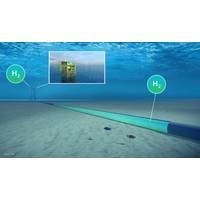
RINA Clears Saipem’s Protocol for Subsea Hydrogen Pipeline Materials
its own protocol to evaluate the performance of the metallic materials and the relative welds to the passage of the hydrogen, which allows it to ascertain the compatibility of the pipelines in both the planning and operational phases.RINA granted Saipem the Approval in Principle (AiP) and the Technology Qualification for the methodology - certifications of primary importance in the development of innovative technologies, which pave the way for further qualification processes and scalable methodology.The certifications obtained from RINA pave the way for a large-scale use of the Saipem protocol for the
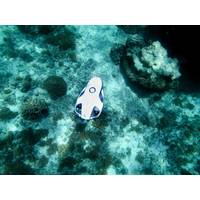
Vessel Autonomy in Offshore Wind: Scaling up Ops via Tech, Regulation
on addressing the challenges of autonomous and remote-control functions. Interest is already growing in uncrewed survey systems, seabed analysis and collecting underwater acoustic data. By providing support to industry through certification with Approval In Principle (AIP), and ABS’s Technology Qualification, it paves the way for operators to qualify autonomous systems and their operations to improve their safety, competitiveness and productivity.Projects addressing the testing and validation of these technologies and testing the interoperability between these functions and existing conventional
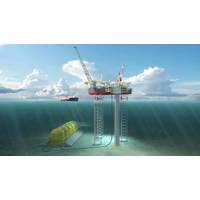
ABS, NOV Collaborating on 'Pioneering' Subsea Storage Solution
American Bureau of Shipping ABS said Wednesday it was providing New Technology Qualification (NTQ) services for pioneering subsea storage technology from NOV.The Joint Development Project (JDP) includes NOV, ABS, Equinor, Shell, The Research Council of Norway and The Net Zero Technology Centre who are working to enable an economical subsea storage solution for the market.According to the parties involved, the subsea technology brings a new and unique solution for the safe storage of larger volumes of fluids such as enhanced oil recovery (EOR) chemicals, production chemicals, oil, condensate, and
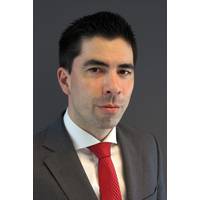
Subsea Compression: A Step Change at Ormen Lange
further with two parallel developments — the Gullfaks and Åsgard compression projects. OneSubsea successfully deployed its multiphase compression technology in the Gullfaks field.”“To deliver Ormen Lange, we are leveraging our extensive experience and comprehensive technology qualification program completed over the years,” adds Mads. “It’s been a very long journey, and we are thrilled to finally be in the execution phase.”Both hope that this achievement will pave the way for similar developments. “Ormen Lange Phase 3 is a real enabler for the
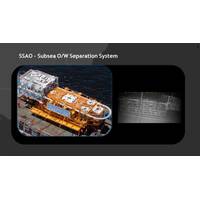
Interview: André Lima Cordeiro, Executive Manager, Subsea Systems, Petrobras
;s reservoir fluid has ~45% of CO₂ in the produced gas and GOR around 440 Sm3/Sm3. Due to those reasons, Mero is a perfect representative scenario to qualify the HISep to reach the technology maturity which will finally allow its commercial replication.” HISep is currently in the technology qualification process (and is at TRL 6, as per API 17Q). This is targeted to be carried out through 2025.Subsea PowerToday, a large focus, for many, including Petrobras, is around subsea transmission and distribution. “All electric systems start reducing system complexity and impact on platform
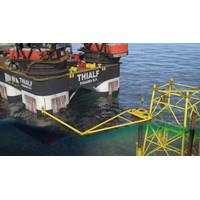
DNV GL Gives Nod for Heerema's Silent Offshore Installation Concepts
Statement of Feasibility to both concepts that are under development."Despite the challenges in 2020, this development could continue with the University of Dundee's support, who executed an extensive testing and modeling program," Heerema Marine Contractors said."As part of a technology qualification process, the results were extensively discussed with DNV-GL, and several workshops were conducted to review the foundation concepts and the development results," the Dutch firm added.The Statements of Feasibility are the first formal step towards qualifying these technologies for actual

Unique Floating Offshore Wind Design Gets DNV GL Nod
A unique double rotor floating wind turbine concept has earned a statement of feasibility from classification and certification body DNV GL.This statement, based on DNV GL’s technology qualification services, confirms that the nezzy² floater is designed to state-of-the-art safety, quality and performance standards, and allows its developer, aerodyn engineering, to secure investments and enter the next level of prototype development.The innovative floater is designed as self-aligning concrete structure attached by single point mooring system to the sea ground. The two turbines are mounted on
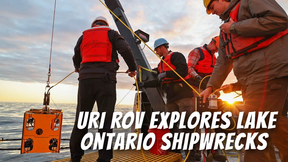
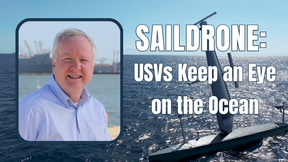
 February 2025
February 2025


